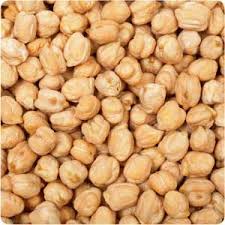Evaluation of Khazaei Model in Predicting of Water Absorption of Chickpea during Soaking
Keywords:
Immersion; moisture content; Peleg model; water uptakeAbstract
Water absorption progress of agricultural productions includes two parts. Water absorption rate of initial and second phase are high and low, respectively. The main problem of all existing mathematical models of water absorption such as Peleg model is none of them do not assessment present for the second phase. Khazaei model which, has good ability to analyze water absorption of agricultural productions in the second phase was used to predict water absorption of three varieties of chickpea (Desi, small Kabuli and large Kabuli) during soaking, in this study. The experiments were carried out at three distilled water temperatures (5, 25 and 45°C) in triplications. Amount of water absorption by varies seeds were determined 5, 10, 15, 30 minutes and one hour after immersion. The tests were followed at intervals of one hour toward mailed saturated moisture content of seeds. Khazaei and Peleg model of water absorption were fitted to experimental data. To compare the accuracy of Khazaei model versus Peleg model, three parameters, coefficient of determination (R2), chi-square (x2) and root mean square error (RMSE) were used. The results demonstrated that Khazaei model has enough accurate to predict the moisture content of tree varieties of chickpea in the second phase during soaking and not significant difference between two models (P<0.05). Also, water absorption curves indicated that water uptake of seed increasing with increasing water temperature during soaking.

Published
How to Cite
Issue
Section
Copyright (c) 2014 Seyed Mojtaba Shafaei, Amin Allah Masoumi

This work is licensed under a Creative Commons Attribution-NonCommercial-NoDerivatives 4.0 International License.



